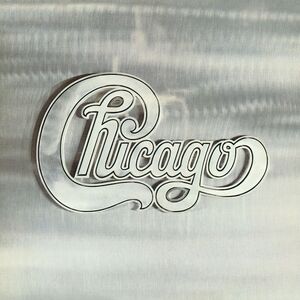Chicago (album)
| Chicago | ||||
|---|---|---|---|---|
 |
||||
| Studio album by Chicago | ||||
| Released | January 26, 1970 | |||
| Recorded | August 1969 | |||
| Studio | Columbia Recording Studios, New York and Columbia Studios, Hollywood | |||
| Genre | Jazz fusion, rock | |||
| Length | 67:21 | |||
| Label | Columbia | |||
| Producer | James William Guercio | |||
| Chicago chronology | ||||
|
||||
| Singles from Chicago | ||||
|
||||
| Professional ratings | |
|---|---|
| Review scores | |
| Source | Rating |
| Allmusic | |
Chicago (sometimes referred to as Chicago II) is the second studio album by Chicago-based American rock band Chicago. It was released in 1970 after the band had shortened its name from The Chicago Transit Authority following the release of their self-titled debut album the previous year (to avoid legal action being threatened by the actual mass-transit company).
Although the official title of the album is Chicago, it came to be retroactively known as Chicago II, keeping it in line with the succession of Roman numeral-titled albums that officially began with Chicago III in 1971.
While The Chicago Transit Authority was a success, Chicago is considered by many to be Chicago's breakthrough album, yielding a number of Top 40 hits, including "Make Me Smile" (#9), "Colour My World" (#7), and "25 or 6 to 4" (#4). The centerpiece of the album was the thirteen-minute song cycle "Ballet for a Girl in Buchannon". Guitarist Terry Kath also participated in an extended classically styled cycle of four pieces, three of which were co-written by the well-known, arranger, composer, and pianist Peter Matz. The politically outspoken keyboardist Robert Lamm also tackles his qualms with "It Better End Soon", another modular piece. Bassist Peter Cetera, later to play a crucial role in the band's music, contributed his first song to Chicago and this album, "Where Do We Go From Here".
...
Wikipedia
